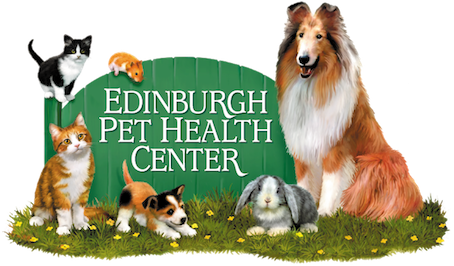Fear-free vet visits
Does Your Pet Dread Coming to the Vet?
Chances are, you do too!
Does your dog start shivering as soon as the car pulls into the vet’s office? Does your cat head under the bed as soon as the carrier comes out? You and your pet are not alone. Based on behavioral studies, 51 percent of pets are fearful of coming to the vet. And what’s more, 38 percent of pet owners become stressed at the thought of bringing their fearful pet in for a check-up. So, it comes as no surprise that fear and stress are one of the biggest reasons pets become overdue for vaccines and medical exams.
Stress can manifest in many ways:
- Dogs: Trembling, excessive panting or licking, barking/growling, tail between legs, tail wagging, ears back, hunched posture, abnormally quiet or loud demeanor
- Cats: Hiding, hissing/growling, swiping, ears back, urinating in carrier, panting, vocalizing
- The most challenging situation is when fearful pets display no signs of stress. Most human injuries such as bites and scratches occur when animals fail to display signs of stress.
At Edinburgh Pet Health Center, we understand that visits can be stressful to both you and your pet, so we strive to create a positive balance between lessening your pet’s anxiety as well as providing a safe environment for you and our staff. In order to accomplish this, you may notice that we do one or more of the following at your pet’s visit:
- We will give various high value treats to try to change the emotional state of your pet from fear to anticipation of good things. If your pet cannot have certain foods, please let us know. We often will have you give the treats while we restraint and examine your pet. This can be very successful for many pets that are simply anxious.
- Apply a muzzle to your dog at the beginning of the exam. This is especially necessary in those dogs that fail to display signs of stress and fear. If your veterinarian feels that a muzzle would allow for a safer exam, they will let you know at the start of the visit. We may ask you to apply the muzzle if we cannot safely get it on.
- We may recommend examining your pet away from you (by either taking them back to our treatment room, or by simply having you step out of the exam room for a few minutes). We do this because fearful dogs will frequently seek their owner for comfort, this can escalate their anxiety by making them feel more defensive. In essence, you become their security blanket. When a security blanket is removed from the situation, they will learn to self soothe and develop a sense of confidence which helps them better handle stressful situations in the future.
- We may also stop the exam if your pet is too stressed and send them home with a medication to help with anxiety. This medication is to be given at home before a future visit to help ease their anxiety and allow for safe and effective handling.
- Medicating them ahead of time is not always sufficient and we may need to sedate your pet during an office visit. This might require them to stay here a little longer; but will ultimately ensure your pet safely gets the care it needs without further stress or risk of injury.
Things you can do to decrease fear in your pet:
- Have your pet come in before getting their normal meal. The hungrier they are, the happier they will be to accept a treat from us. Plus, if we do need to sedate them or perform blood tests, they will already be fasted.
- Thunder shirts can have a wonderful calming effect on some dogs and cats. They can be purchased at pet specialty stores. Thunder shirts should be put onto the dog before they get to the vet hospital – you may want to put it on at home before you even get them in the car.
- If you have a fearful dog, make frequent “happy visits” to the vet clinic with them, simply to give them a treat and nothing else. It makes for a positive experience and we welcome this!
- If your pet tends to be more protective (or “guards”) a certain family member more than others, consider having a different family member bring in the pet.
- We may ask that you condition your dog to wear a basket muzzle that is placed on at home before an appointment. Muzzling is actually a gift to the pet. It allows for behavioral modification and inclusion in various environments. Check out the website http://muzzleupproject.com and https://www.sfspca.org/sites/default/files/dog_basket-muzzle.pdf for more information.
- Cats should always arrive at the clinic in a carrier. We recommend a carrier that has a removable top half. This way we can quickly remove the top to get to the cat and often they can stay in the bottom half for most of the physical exam.
- If you have a fearful cat, try taking the carrier out several days (or weeks) before their vet visit. Feed them next to the carrier. Place blankets in the carrier for comfort and cover the carrier with a blanket while in the car. Always have the front of the carrier face forward in the car. You can also purchase a calming pheromone spray called Feliway which can be sprayed onto blankets and the inside of carriers ahead of time. Feliway also comes as plug-in diffusers that can be placed around your house to help calm the cats at home.
If you have any concerns or specific questions about a fearful pet, our doctors at Edinburgh Pet Health Center will be happy to speak with you further at (763) 493-9080.
